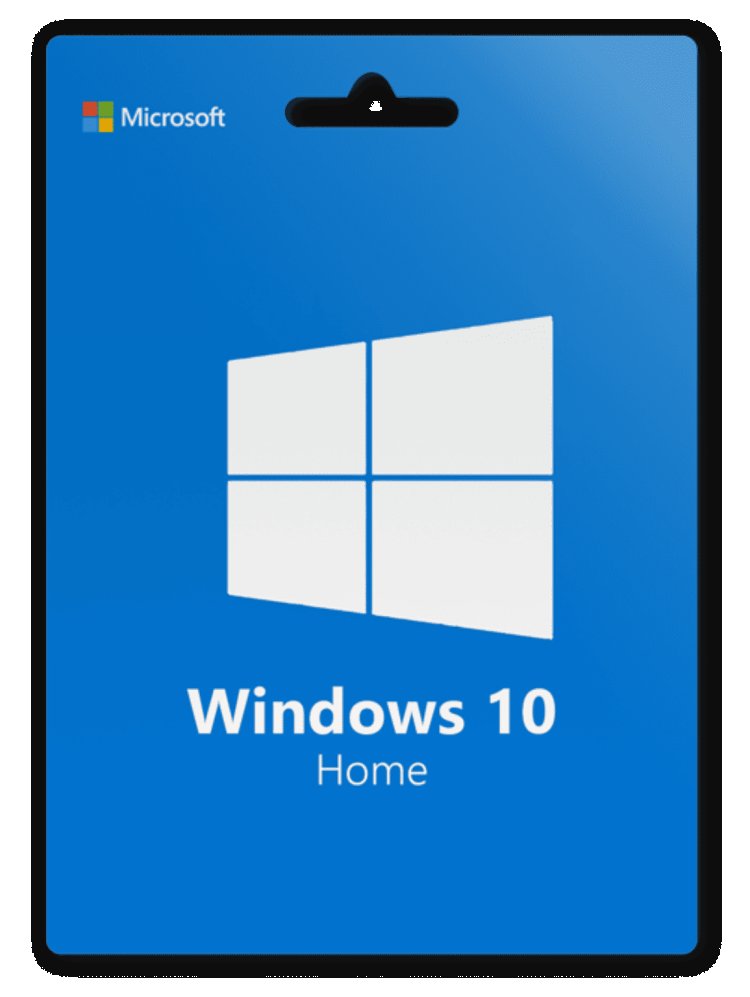"Logkeys: A Deep Dive into Linux Keylogging
Share this Post to earn Money ( Upto ₹100 per 1000 Views )

Keyloggers are software programs or hardware devices designed to record keystrokes typed on a keyboard. While often associated with cybercrime, they also have legitimate applications in system monitoring, security auditing, and parental control. One such keylogger built specifically for Linux systems is Logkeys—a powerful, open-source tool that offers users insight into keyboard activity across the system. In this article, we’ll explore what Logkeys is, how it works, its practical uses, and the ethical implications that come with using it.
What is Logkeys?
Logkeys is a Linux keylogger that records keystrokes Windows 11 Home Key typed on a physical keyboard. It works in the background and logs the input into a file, allowing users to see what was typed at any given time. Unlike graphical keyloggers, Logkeys operates entirely from the command line and does not capture mouse movements, screenshots, or clipboard data. Its focus is on keyboard monitoring alone, making it lightweight and fast.
This tool is primarily used for security research, forensic analysis, and system monitoring. Its open-source nature allows users to inspect the code and customize it for specific needs, though it also means the software can be misused if placed in the wrong hands.
How Logkeys Works
Logkeys works by reading raw input data from device files usually found in /dev/input/. These files represent physical input devices, and accessing them requires root privileges. Once launched, Logkeys listens for keyboard events, decodes the keystrokes according to the specified keyboard layout, and logs them to a plain text file.
Installing Logkeys involves cloning its source code from a repository (typically GitHub), compiling it with tools like make, and running it with administrative rights. A basic setup might look like this:
The --output option specifies where the log file will be saved. The program continues running in the background, capturing every keystroke until stopped.
Key Features
Logkeys comes with several useful options that enhance its flexibility:
-
Keyboard layout support: Users can specify keyboard layouts like US, UK, or others for accurate logging.
-
Selective logging: The
--no-func-keysoption allows users to exclude function keys and control characters from logs. -
Start/stop commands: Logkeys can be started or stopped manually, or automated with scripts.
-
Log file management: The output logs can be directed to any desired location for easy access and review.
These features make Logkeys a valuable tool for controlled environments where monitoring is necessary.
Use Cases
Logkeys is used in a variety of contexts:
-
Parental Monitoring: Parents can use it to monitor children’s computer activity to ensure safe and responsible usage.
-
Employee Oversight: In some corporate settings, administrators may use it to audit workstation usage under strict policy guidelines.
-
System Security: Security professionals might use it to detect unauthorized activity or study attacker behavior after a breach.
-
Digital Forensics: Investigators can reconstruct user actions before or during a suspected security incident.
Ethical and Legal Considerations
Despite its utility, Logkeys poses significant ethical and legal challenges. Using it without informed consent is a serious invasion of privacy and is illegal in many countries. Unauthorized keylogging can lead to criminal charges, especially when used to capture sensitive information like passwords, emails, or banking data.
For ethical use of Logkeys:
-
Get consent. Inform users if their keystrokes are being monitored.
-
Define a purpose. Use the tool for security, education, or protection—not for spying or data theft.
-
Be transparent. Avoid hidden installations or covert logging activities.
The line between legitimate monitoring and illegal surveillance is thin, and crossing it can have serious consequences.
Limitations
Logkeys, while effective, has its limitations:
-
No GUI logging: It cannot capture on-screen keyboards or graphical input.
-
Layout sensitivity: Incorrect keyboard layout settings can result in garbled or inaccurate logs.
-
Root access required: Users without administrative access cannot run Logkeys.
-
Detectable by advanced users: It can be spotted and stopped by knowledgeable users or system administrators.
As with any monitoring tool, it’s not foolproof and should not be the sole line of defense in a security setup.
Detection and Prevention
System administrators who wish to prevent unauthorized keylogging should:
-
Monitor active processes and unusual resource usage.
-
Set strict access controls and audit root-level commands.
-
Use file integrity monitoring tools to detect unapproved binaries.
-
Implement intrusion detection systems to flag suspicious activity.
Being proactive is essential in environments where sensitive data is at risk.
Conclusion
Logkeys is a robust and efficient Linux keylogger that can serve legitimate purposes in system monitoring and security analysis. However, with great power comes great responsibility. Its use must be governed by ethical standards and legal compliance to avoid infringing on privacy rights. When deployed appropriately, Logkeys is a powerful ally in understanding and securing Linux systems. When misused, it becomes a dangerous threat to user trust and data privacy.















